Get ready for a spike in crude oil prices. Shortly after the U.S. State reaffirmed the Trump administration’s goal of reducing Iran’s oil exports to zero by November 4th, Iranian President Hassan Rouhani warned Tehran could retaliate – by disrupting oil shipments to neighbouring countries. Although Iran didn’t elaborate on such plans, it isn’t hard to guess.
The Iran’s Revolutionary Guard, an elite branch of the military, said that they would be prepared to enact any presidential orders to block exports of crude to the Gulf. The target appears to be the Strait of Hormuz, which the country could close and in the process, shut down a major oil shipping route for Persian Gulf nations to the Arabian Sea.
Stephen Brennock, oil analyst at PVM Oil Associates, said – “Around 17 million barrels per day or 35% of all seaborne oil exports pass through the strategic waterway and, needless to say, such a move would propel oil prices well into triple figures. Iran’s leadership is clearly adamant that the new situation created by the U.S. withdrawal from the nuclear pact will not go without consequences.”
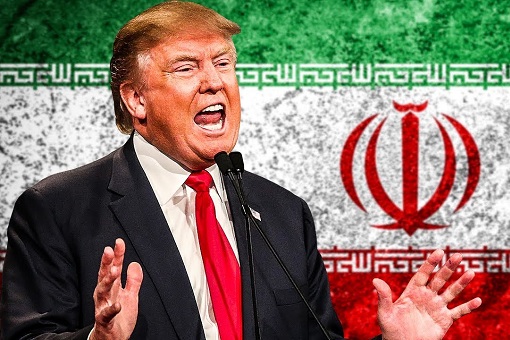
President Donald Trump’s decision to abandon the 2015 Iran nuclear deal and restore sanctions on the Iranian economy have left Iran with very little choice but to retaliate, one way or another, or risk losing face as arch-rival Saudi Arabia is watching with great interest. The European Union has pledged to preserve the 2015 nuclear accord – even without the U.S.
Russia, China, Britain, Germany and France reportedly will meet Iranian officials in Vienna on Friday to discuss how to keep Iran’s oil and investment flowing. However, with the exception of China and Russia, it would be a challenge for the EU to ensure they would back Iran all the way if the U.S. forcefully enforces the sanctions.
The Strait of Hormuz is a narrow waterway between Iran and Oman that connects the Persian Gulf to the Gulf of Oman, the Arabian Sea and the Indian Ocean. The Persian Gulf is surrounded by some of the world’s biggest oil and natural gas producers – including Iran, Iraq, Kuwait, Qatar, U.A.E. (United Arab Emirates) and of course Saudi Arabia.
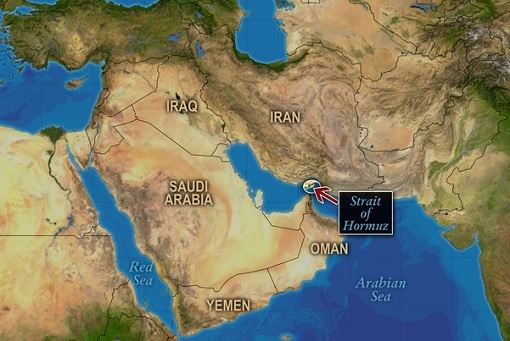
Hormuz offers a strategic chokepoint for Iran to disrupt the world’s crude oil and other petroleum liquids traded by sea. Qatar, the world’s top LNG exporter, sent 30% of the world’s supply through the Strait of Hormuz in 2016. Iran said – “The Americans have claimed they want to completely stop Iran’s oil exports. They don’t understand the meaning of this statement.”
While that statement is opened to interpretation, IRGC (Islamic Revolutionary Guard Corps) commander Ismail Kowsari said on Thursday – “If they want to stop Iranian oil exports, we will not allow any oil shipment to pass through the Strait of Hormuz.” On the same day, IRGC Chief Mohammad Ali Jafari said – “We will make the enemy understand that either all can use the Strait of Hormuz or no one.”
However, Donald Trump isn’t someone who can take threats without a fight. The U.S. Central Command told Reuters the United States’ Navy is prepared to defend freedom of navigation and the free flow of commerce. That could only mean one thing – WAR. Chances of a full-blown war, however, aren’t great. This is not the first time Iran has threatened to shut down Strait of Hormuz though.

Although the Iran has tried several times, they have never actually shut down the passageway, which serves as top destinations for crude oil passing to nations such as China, Japan, India, South Korea and Singapore. The closest the Iranian got to disrupt the Strait of Hormuz was during the end of the Iran-Iraq War in 1980-1988.
During the 8-year war, Iran targeted merchant ships in the Persian Gulf by mining its waters. In retaliation, the U.S. warships set Iranian oil platforms ablaze and sank or damaged half of Iran’s fleet. Known as Operation Praying Mantis, the mini war was triggered after U.S. ship Samuel B. Roberts was struck by a submerged mine, injured 10 sailors and almost ripped the warship in half.
Four days after the mine blast, two Iranian oil platforms were destroyed by the U.S., followed by the sinking of Iranian frigate Sahand (F 74), 147-foot missile patrol boat Joshan (P 225), Bodghammer high-speed patrol boats and four more of the speedboats being neutralized. Iran’s most recent threat to shut down the Strait of Hormuz was in 2011 and 2012 but it never got carried out.
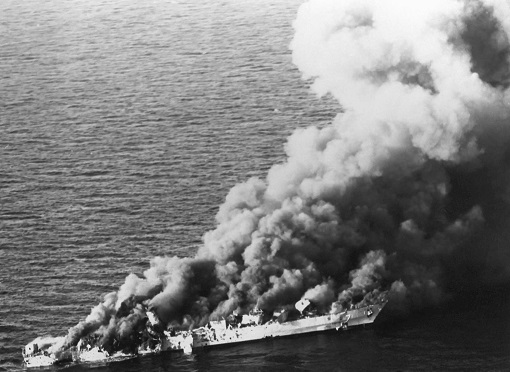
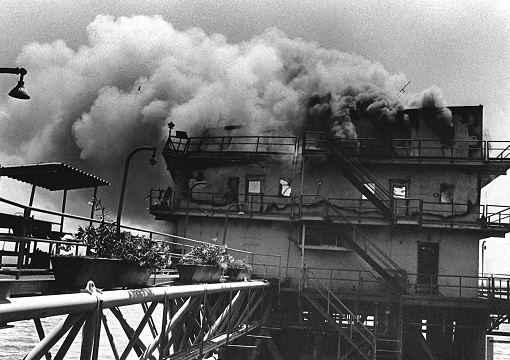
However, it’s highly possible that Iranian’s threat to close the chokepoint is just another gimmick to push the global crude oil higher, giving a hard time to President Trump. The U.S. president is under pressure to tame the current high oil prices before the midterm elections in November, in a bid to boost the chances of Republican candidates running for Congress and in state elections.
On Saturday, President Donald Trump desperately announced that Saudi Arabia’s King Salman had agreed to his request to raise oil output by as much as 2 million barrels a day – twice what the Saudis agreed to a week earlier at an OPEC meeting. In truth, Saudi Arabia only said they would consider hiking output further if necessary and after consulting its oil market allies.
Other Articles That May Interest You …
- Forget Tariff, Now Trump Has Threatened – 100 Times – To Withdraw U.S. From WTO
- Obedience!! Saudi-Led OPEC Ministers Agree To Raise Oil Production – Because Trump Orders Them To
- Saudi’s Dream For $100 Oil In Jeopardy As Trump Warns OPEC About Fake High Price
- Thanks To Trump, Oil May Spike To $100 – That’s Precisely What Putin Wants
- Oil Crashes!!! U.S. Produces So Much Oil That They Even Sell To The Arabs
- Everyone Knows Oil Supply Will Be Up In 2018, But Nobody Knows By How Much
- U.S. Oil Producers Eating Up Asian Market, And There’s Nothing OPEC Can Do
- Challenging The US Dollar – Soon, China Will Buy Saudi’s Oil Only In Yuan

|
|
July 6th, 2018 by financetwitter
|


|

|

|

|

|

|







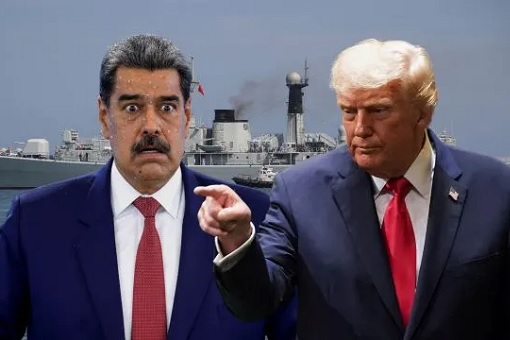
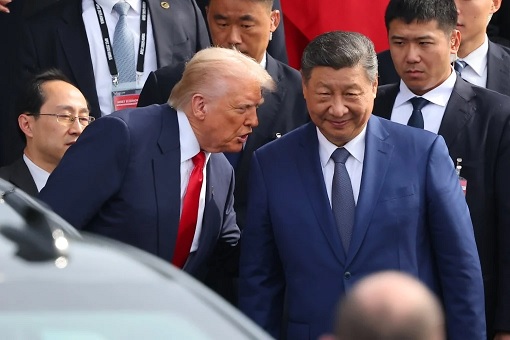
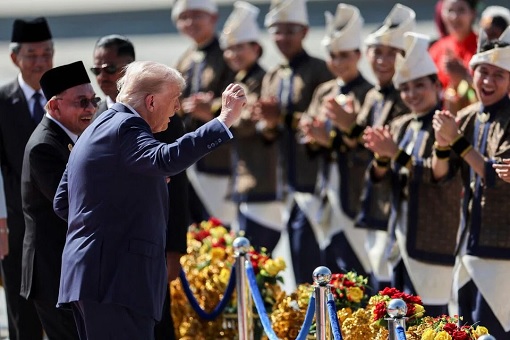

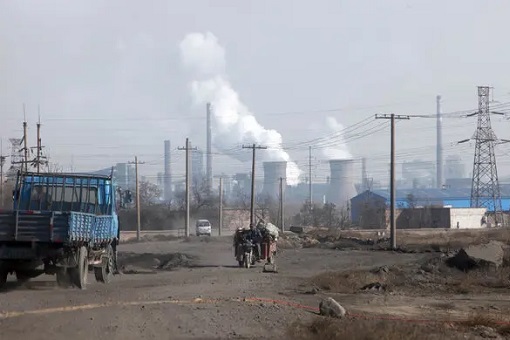

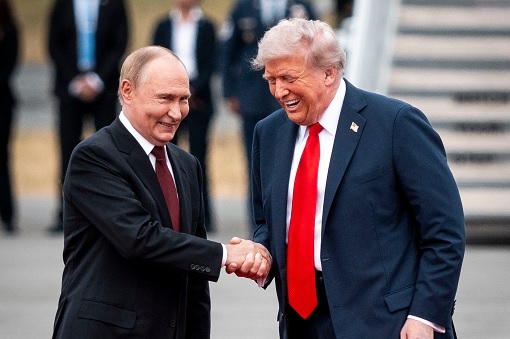

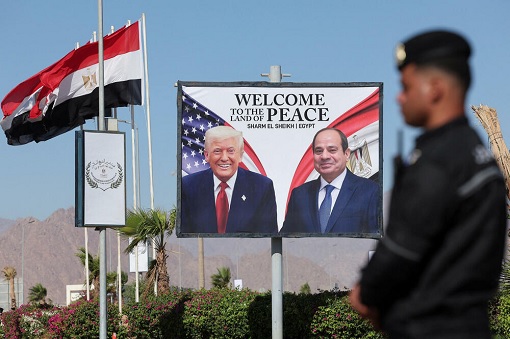












Comments
Add your comment now.
Leave a Reply